detail profile ida carloni talli
Peran Yang Di Mainkan Ida Carloni Talli
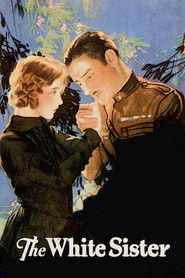 Angela Chiaromonte is the daughter of...
Angela Chiaromonte is the daughter of...The White Sister 1923
Angela Chiaromonte is the daughter of a wealthy Italian prince who is killed in a fall from his horse. Though Angela stands to inherit half of a large estate, her older half-sister burns the will and thus inherits everything herself, throwing Angela into poverty. Fortunately, Angela is engaged to marry dashing Captain Giovanni Severi - but he soon is captured by Arabs while on an expedition to Africa. Believing him dead, Angela, dedicating her life to his memory, becomes a nun, unaware that her lover has escaped his captors and is returning to Italy. The dramatic climax takes place against a backdrop of the eruption of Mount Vesuvius.
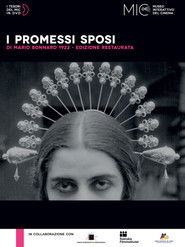 Based on the famous historical novel...
Based on the famous historical novel...The Betrothed 1922
Based on the famous historical novel by Alessandro Manzoni, and set between 1628 and 1630 in Lombardy, Northern Italy, during the Spanish domination, the film displays the marriage between two young textile workers, Renzo and Lucia. The 1922 version is one of the most ambitious and spectacular films in all Italian silent cinema, with remarkable mass scenes and some images that sparked controversy.
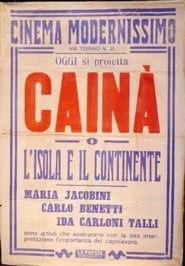 Cain is a young peasant who...
Cain is a young peasant who...Cainà 1922
Cainá is a young peasant who lives in a small village in Sardinia together with her goats and parents. She is a wild and free spirit and unconventional for any small and closed communities dominated by old rules. Cainà yearns to escape from such a closed atmosphere and the isolated island, so, as an old tune says: "Somewhere beyond the sea, somewhere, waiting for me…"; When a boat arrives to the island, she will do her best to flee away from her little oppressing village and experience new adventures in the continent with the help of the boat captain.
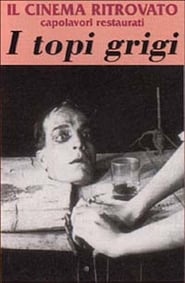 Za La Mort Emilio Ghioen lives...
Za La Mort Emilio Ghioen lives...The Grey Rats 1918
Za La Mort (Emilio Ghioen) lives in the countryside with his girlfriend Za La Vie (Kally Sambucini). A day does a good deed by taking with him Leo, an orphan found on the street. This situation, however, the rage against the Rats Grey, a group of criminals in the country, because Leo is in possession of an important black envelope. Released in eight chapters.
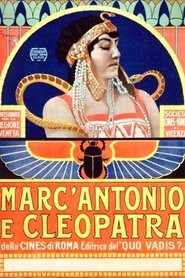 Based loosely on Shakespeares play Plutarchs...
Based loosely on Shakespeares play Plutarchs...Marc Antony and Cleopatra 1913
Based loosely on Shakespeare's play, Plutarch's "Life of Antony", and Pietro Cossa's dramatic poem, "Cleopatra", this movie was spectacular for its time. It offers location shots made in Italy and Egypt, large crowd scenes (e.g., the Roman army embarking in Alexandria), lots of emotional drama (Marc Antony & Cleopatra, his wife Octavia, sister of Antony's rival Octavian, unhistorically coming to Alexandria to beg him to return to her, and some mean, mean looks exchanged between Octavia and Cleopatra.
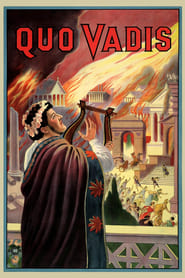 During the latter years of the...
During the latter years of the...Quo Vadis? 1913
During the latter years of the reign of the tyrannical Roman emperor Nero, Marcus Vinicius, one of Nero's officers, falls in love with a young Christian named Lygia, attempting to enslave her. Lygia's protector, the noble and burly Ursus, works to save her from Vinicius' clutches. Pursuing Lygia, Vinicius finds himself at a catacomb prayer meeting led by the apostle Peter and finds his conscience stirring-- just as Nero orders Rome burned. A landmark in epic film, Enrico Guazzoni’s grand-scale masterpiece laid the foundations for what colossal Italian spectacles would become. The film had tremendous influence on Giovanni Pastrone’s Cabiria (1914) and D.W. Griffith’s Intolerance (1916).

 Italian silent film directed by Emilio...
Italian silent film directed by Emilio...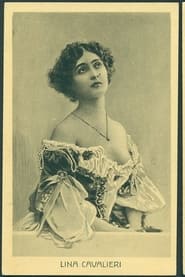 Sposa nella morte is a 1915 Italian...
Sposa nella morte is a 1915 Italian...